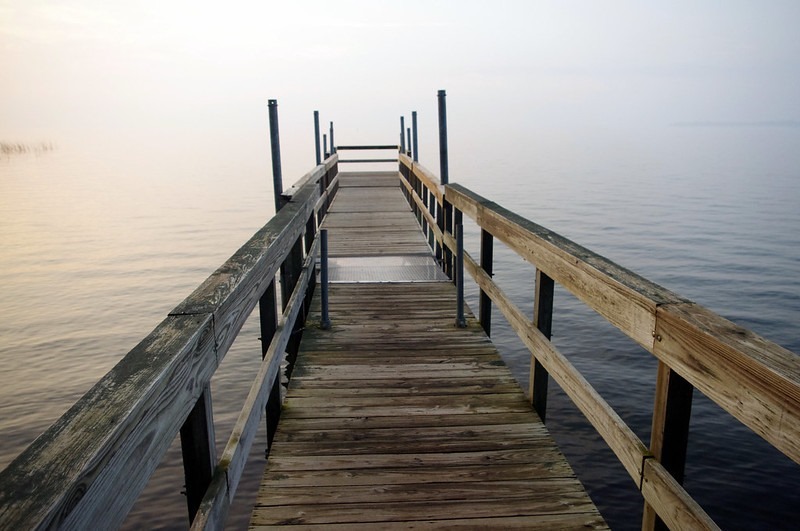Royalty-free images by Mike1 — No. 103 of over 1200 images

Mille Lacs Lake, Father Hennepin State Park, Minnesota, September 9, 2013
Mille Lacs Lake2
Mille Lacs Lake (also called Lake Mille Lacs or Mille Lacs) is a large but shallow lake in the U.S. state of Minnesota. It is located in the counties of Mille Lacs, Aitkin, and Crow Wing, roughly 75 miles north of the Minneapolis-St. Paul metropolitan area.
Mille Lacs means “thousand lakes” in French. In the Ojibwe language of the people who historically occupied this area, the lake is called Misi-zaaga’igan (“grand lake”).
Mille Lacs is Minnesota’s second-largest inland lake at 132,516 acres (536 km2), after Red Lake. The maximum depth is 42 feet (13 m). Much of the main lake has depths ranging from 20- to 38-feet. Gravel and rock bars are common in the southern half of the lake. Two islands in the center comprise the Mille Lacs National Wildlife Refuge, the smallest such refuge in the United States.
Geology3
Almost all the lakes in Minnesota were formed by glacial action. Many small lakes formed after the glaciers receded and blocks of ice buried in the sediment melted, leaving holes, called kettles, that filled with water. Other lakes occupy basins that were scraped out of solid rock by glacial ice. Lake Superior is a prominent example of a lake bottom scoured by glacial ice. Lake Mille Lacs, by contrast, is not really in a basin. It is surrounded on the north, west, and south sides by a moraine—a ridge of sediment (silt, sand, gravel, and boulders) left along the edge of a glacier. With the land on the eastern shore also being of higher elevation, the moraine effectively dams the drainage to the south to form one of the largest lakes in the state.
The Mille Lacs moraine was formed about 15,000 years ago near the end of the last, or Wisconsin, glaciation, by a tongue-shaped lobe of ice called the Superior lobe, which flowed into the area from the northeast. This ice carried sediment derived from rock along the Superior basin and the North Shore, which was later deposited beneath the ice and at its margin. At its maximum, the Superior lobe extended beyond Minneapolis to the south and St. Cloud to the west. Its decline was punctuated by several minor re advances, such as the one that deposited the Mille Lacs moraine. About 12,000 years ago, another lobe of ice advanced from the northwest and overrode the northern part of the Mille Lacs moraine, sending its meltwater into Lake Mille Lacs. Once this influx of meltwater ended, precipitation and small streams maintained the water level in Lake Mille Lacs, much as they do today.
- I am sharing some of my public domain images in periodic blog posts.
- Mille Lacs Lake – Wikipedia
- Geology of the Lake Mille Lacs Region – Geologic Road markers, text on marker located on state highway 47 at a scenic overlook 2 miles north of Isle on the eastern shore of Lake Mille Lacs
Notes:
- This image is also shared as public domain on Pixabay, Flickr, and Pinterest.
- Images are being shared in the sequence they were accepted by Pixabay, a royalty-free image sharing site.
- Only images specifically identified as such are public domain or creative commons on our pages.
- All other images are copyright protected by me, creative commons, or used under the provisions of fair use.

